Lovingly crafted by British visual artist Tania Kovats
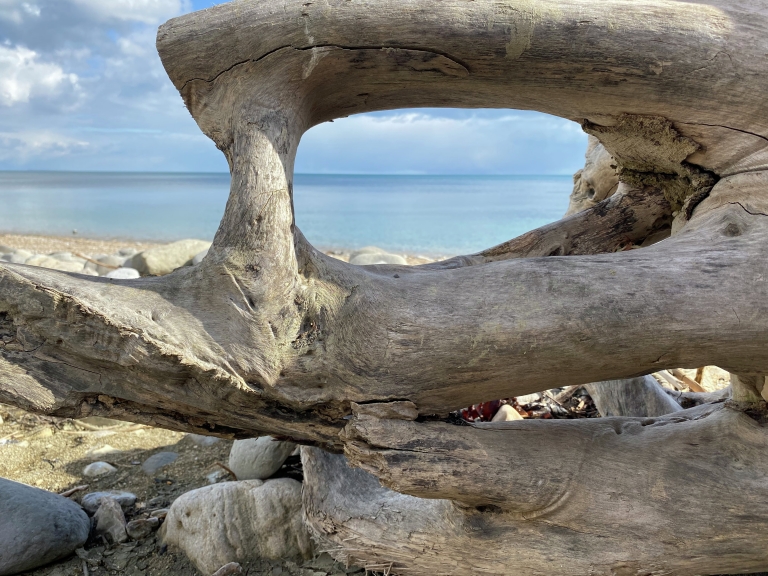
The creation of the Relay4Nature Baton
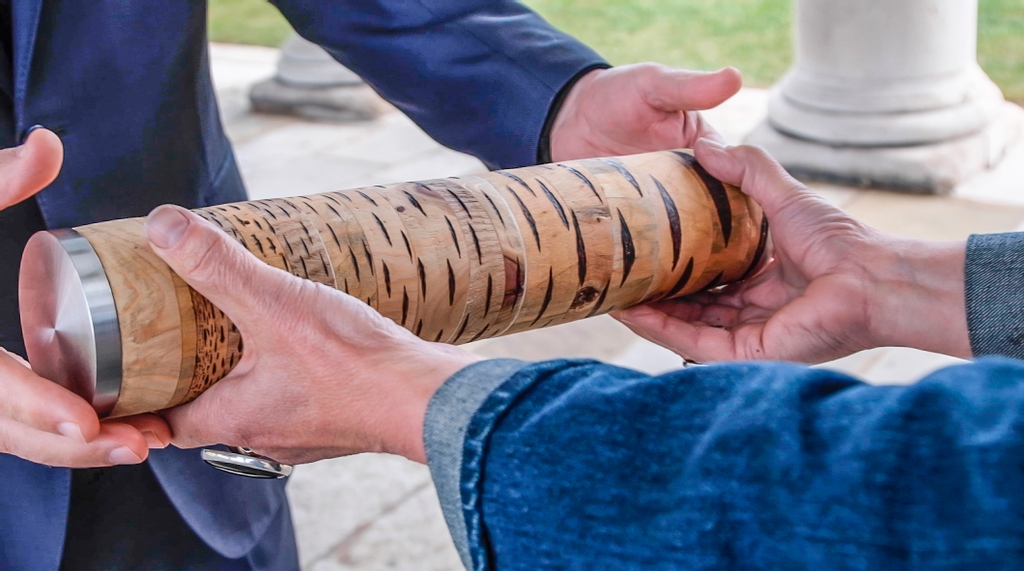
We knew that the Relay4Nature baton would be unique. It needed to derive from the ocean, be sustainable and inspired by nature, but additionally be durable enough to tackle some of the world’s toughest ocean conditions.
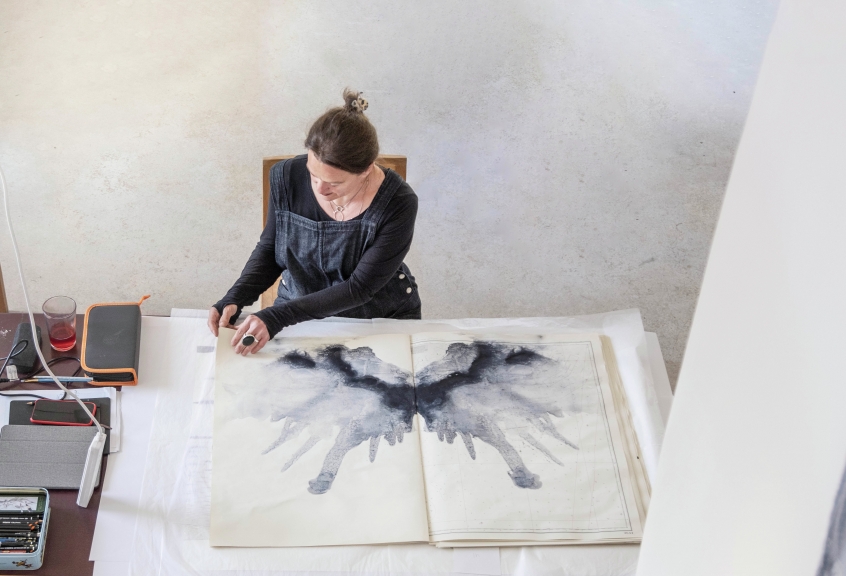
British artist Tania Kovats is well known for visual art pieces that explore the relationship with the natural world. Previous installations include TREE (2009), a permanent public artwork at the Natural History Museum, London, to celebrate Charles Darwin’s bicentenary, and Sea Mark (2019), a vast seascape made from hand-painted ceramic tiles displayed at the Queen’s House in Greenwich, London.
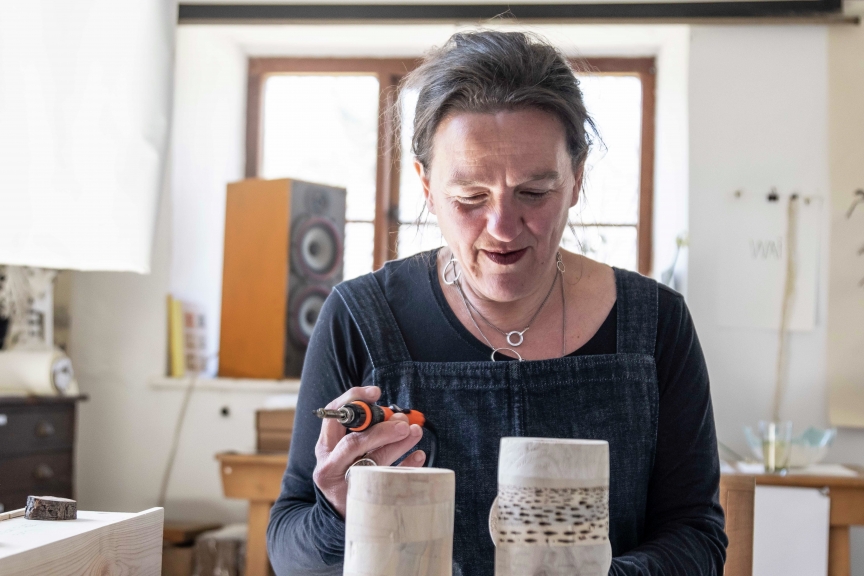
Kovats started the process of creating the baton by collecting driftwood from the beaches close to her studio in the UK, and working with a local woodturner to form the slices of driftwood into the baton.
Kovats speaks of the inspiration behind her meticulous work with natural materials. “I loved holding a wood slice in my hand and looking at the grain; these beautiful lines are like global weather patterns, ocean currents, or the ripples from a dropped stone,” she said. “I fashioned the driftwood by slicing it, sanding it, and compressing it back into a wooden baton.”
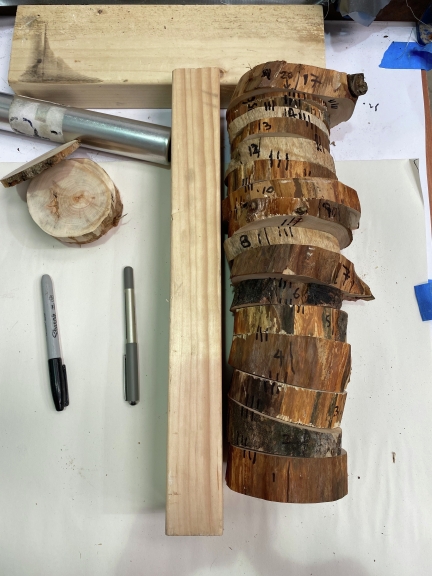
“I want my work as a creative to keep really important environmental issues in the minds and dreams and imaginations of as many people as I can reach.”
The Relay4Nature baton was presented to Peter Thomson, United Nations Secretary-General’s Special Envoy for the Ocean, at the National Maritime Museum, a UNESCO World Heritage site, in late April before starting its journey in The Ocean Race Europe.